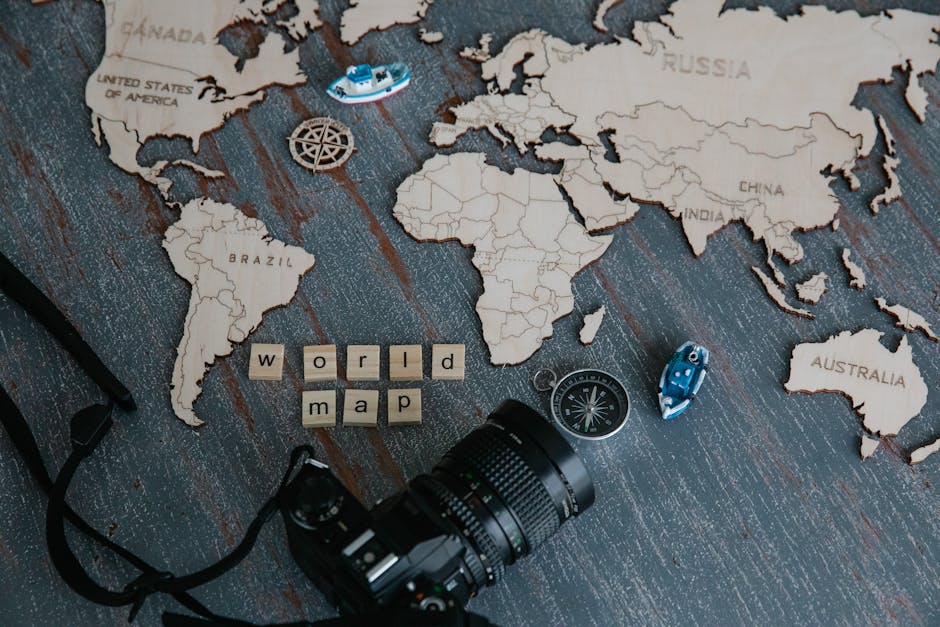In the realm of photography, the transition from SLR (Single Lens Reflex) to digital cameras has been a transformative journey. Witnessing this technological evolution firsthand has been a fascinating experience, shaping the way we capture and preserve our memories.
The SLR camera, with its interchangeable lenses and through-the-lens viewfinder, reigned supreme for decades. It offered unparalleled image quality and versatility, allowing photographers to explore various perspectives and capture stunning images. However, the advent of digital technology brought about a paradigm shift.
Digital cameras eliminated the need for film, replacing it with an electronic sensor that captured images as digital data. This advancement opened up new possibilities, such as instant image preview, high ISO performance, and advanced image editing capabilities.
The transition from SLR to digital was not without its challenges. Early digital cameras faced limitations in resolution, dynamic range, and color accuracy. However, with each passing generation, these hurdles were overcome, resulting in digital cameras that rivaled and even surpassed their SLR counterparts.
The DSLR (Digital Single Lens Reflex) camera emerged as a hybrid solution, combining the optical viewfinder and interchangeable lens system of SLRs with the digital imaging capabilities of point-and-shoot cameras. DSLRs provided photographers with the best of both worlds, allowing them to maintain their traditional workflow while benefiting from digital technology.
The introduction of mirrorless cameras further pushed the boundaries of digital photography. These compact and lightweight cameras eliminated the bulky mirror and prism found in SLRs and DSLRs, resulting in a more streamlined and portable design. Mirrorless cameras offered comparable image quality and performance to DSLRs, making them a popular choice for enthusiasts and professionals alike.
Today, the digital camera market is dominated by mirrorless and DSLR cameras, each serving its own niche. SLR cameras remain a popular choice for photographers who prioritize image quality and versatility, while mirrorless cameras offer a compelling combination of compact size, advanced features, and excellent image quality.
For me, the transition from SLR to digital was a gradual process. I initially resisted the switch, reluctant to abandon the familiar ergonomics and tactile control of SLR cameras. However, as I experimented with digital cameras, I realized the transformative power of this new technology.
The ability to instantly preview and adjust my images, coupled with the endless possibilities for image editing, opened up new creative horizons for me. I found myself capturing more spontaneous moments and experimenting with different techniques.
As digital technology continues to evolve, I am excited to see what the future holds for photography. While the SLR camera may have faded from the mainstream, its legacy lives on in the advanced imaging capabilities of today's digital cameras. The journey from SLR to digital has been a testament to the transformative power of innovation, forever enriching the way we capture and share our world through photography.

